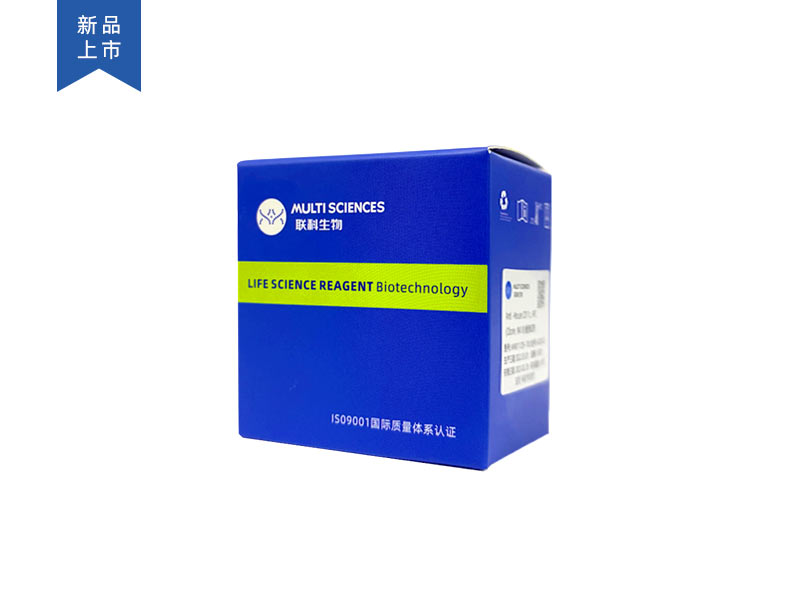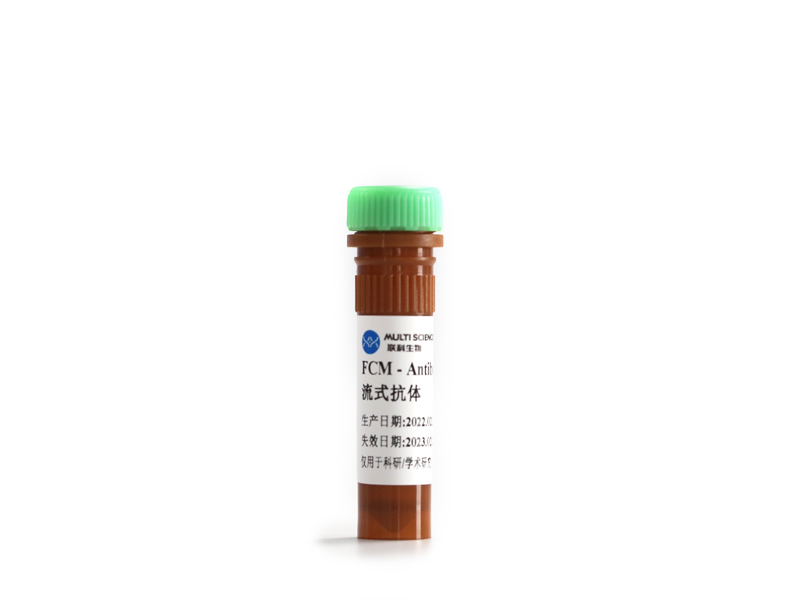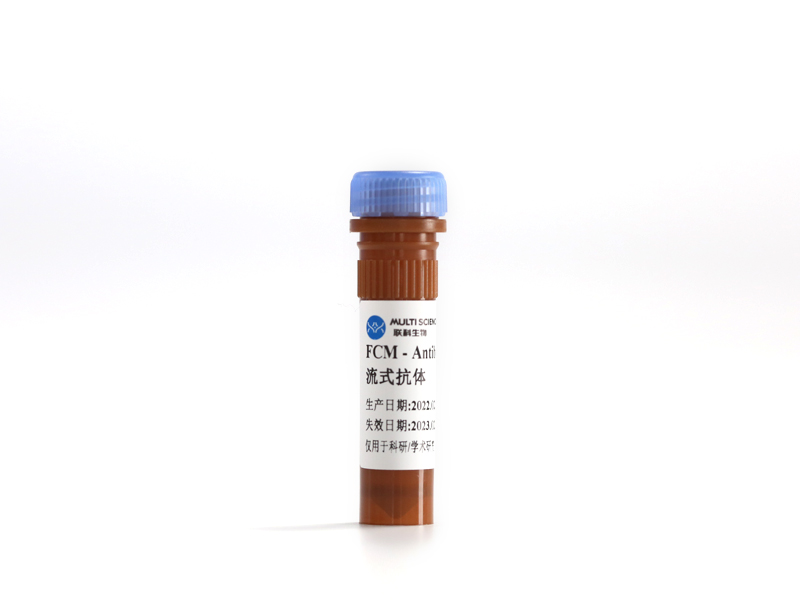Nanoplastics (NPs) present in food and water poses a genuine risk of their accumulation in humans through the diet. Preferential contact between ingested NPs and the intestine as well as the liver has the potential to induce enteritis and hepatitis. However, there is still a lack of comprehensive understanding regarding the inter-organ crosstalk between the intestine and liver when exposed to NPs, as well as the underlying signaling pathways involved. In this study, we employed a 21-day mice exposure model to investigate the accumulation profile of PS-NPs and elucidate the mechanism of intestinal and hepatic inflammation induced by NPs. After exposure, notable fluorescent signals originating from PS-NPs were detected not only in the stomach and intestine but also in other organs such as liver, lung, kidney, brain, and testes. Histopathological analysis along with routine blood tests both revealed an acute inflammatory reaction in mice. Further mechanistic investigations demonstrated that PS-NPs activated inflammatory NF-κB/NLRP3 pathways and induced the expression of cytokines IL-1β and IL-18 in the intestine, which recruited macrophages and neutrophils into the intestine. Concurrently, a significant decrease in the expression levels of intestinal tight junction proteins (Claudin-1, Occludin, and ZO-1) was observed, resulting in an increase in intestinal permeability and elevated endotoxin (LPS) levels. The high levels of LPS further activated TLR4/NF-κB/NLRP3/GSDMD pathways in the liver, inducing liver inflammation and hepatocyte pyroptosis. The impairment of liver function was positively correlated with intestinal inflammation and barrier disruption. These findings underscore that exposure to NPs can instigate enteritis and hepatitis while emphasizing the crucial role played by the indirect gut-liver axis in elucidating the potential mechanism underlying NP-induced liver pathogenesis.
文章引用产品列表
-
- F41011b01 9 Citations
- 流式抗体
Anti-Human/Mouse CD11b, FITC (Clone: M1/70) 检测试剂
- ¥208.00 – ¥440.00
-
- F11003C01
- 流式抗体
Anti-Human CD3, FITC (Clone:HIT3a)检测试剂
- ¥208.00 – ¥504.00
-
- F11003A01
- 流式抗体
Anti-Human CD3, FITC (Clone:SK7) 人 CD3流式抗体 (新品)
- ¥640.00 – ¥1,408.00
-
- F21480A03 12 Citations
- 流式抗体
Anti-Mouse F4/80, APC (Clone:BM8.1)流式抗体 (新品)
- ¥584.00 – ¥1,280.00
-
- F1100301
- 流式抗体
Anti-Human CD3, FITC (Clone:OKT3)检测试剂
- ¥240.00 – ¥528.00
-
- F3100301 2 Citations
- 流式抗体
Anti-Rat CD3, FITC (Clone: G4.18) 流式抗体 (新品)
- ¥600.00 – ¥1,320.00
-
- F11011B01 11 Citations
- 流式抗体
Anti-Human/Mouse CD11b, FITC (Clone:M1/70)流式抗体 (新品)
- ¥208.00 – ¥440.00




